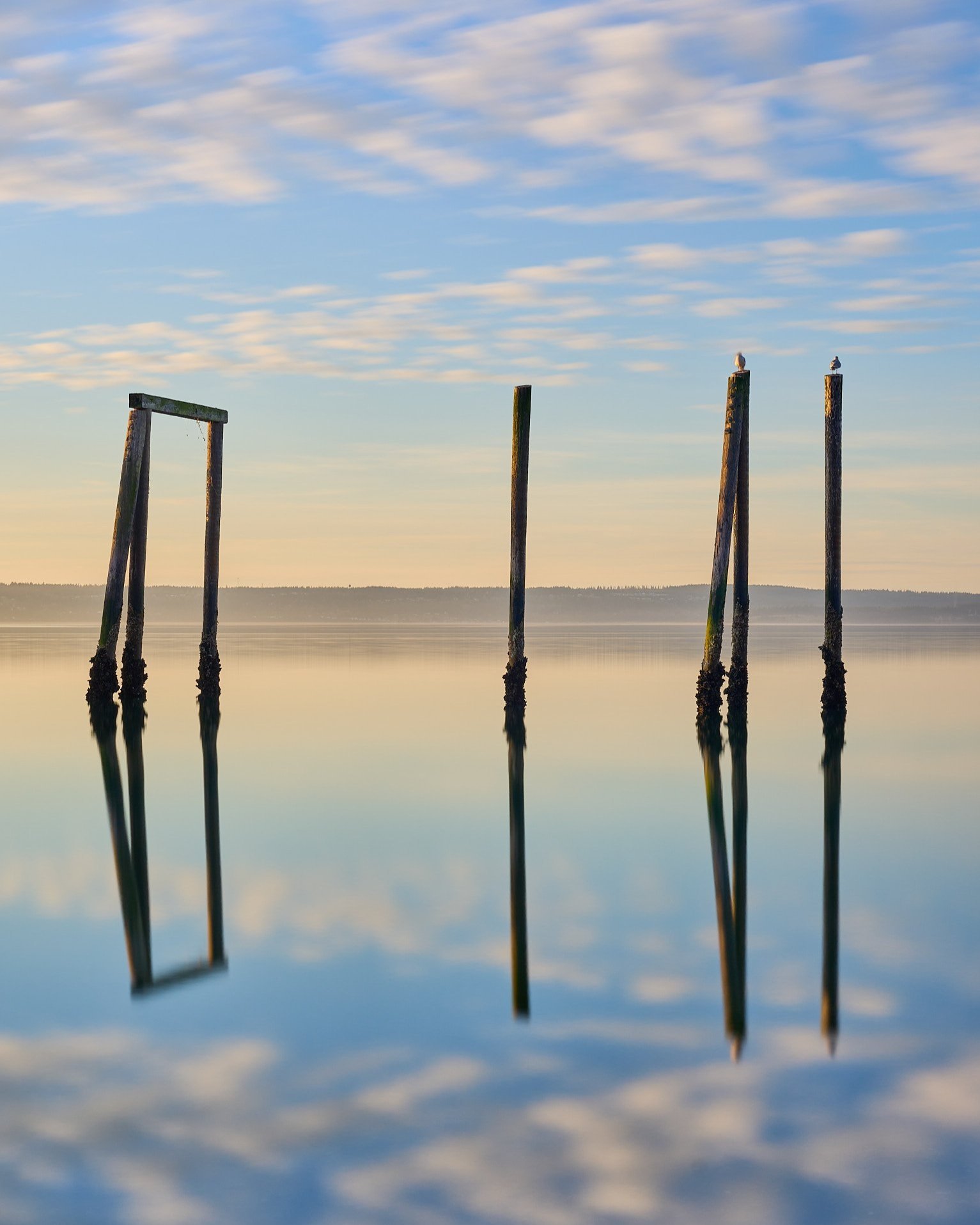The Case for Photographing Locally
Table of Contents
During the COVID-19 pandemic, travel was challenging. This made me realize I had missed an incredible opportunity to explore locally. I live in the Pacific Northwest of the United States, an area that is a dream for Landscape and Wildlife photographers like me. The images in the gallery above were all taken within a 40-mile radius of my house. In this article, I want to talk about why, as photographers, it is essential to shoot locally.
Frequent Visits
The best reason to photograph a local location is that it is easy to get to, and often go there. The more you frequent an area, the more details you will notice. The more you see, the more information you have, which can be used in telling a story about a place. You will notice how the seasons change a site or the light changes throughout the day. All of this information will help you tell the story of this place. Because at the end of the day, as photographers, we are trying to tell a story about the subject.
Challenge yourself to a "Close to Home" project like the one the Royal Photographic Society's Landscape group advertised. While you don't have to join the contest, create your project, find a local subject to photograph regularly and see how this light and seasons shape your perspective of a place.
Subject Familiarity
Creating a compelling composition is a challenging task. I often come home to look at my images and wonder what they would have looked like if I had taken three steps to the right. Or, this image would have been better if I had lowered my perspective and reduced the amount of "middle ground" in my photo. If you photograph a spot or scene that is local to you, it is easy to go back and answer those questions. It is much harder to revisit, and an image requires a flight or miles of hiking.
Wildlife Fieldcraft
As a wildlife photographer, pattern recognition can distinguish between a shot and a worthy portfolio image. The more often you visit a location, the more you will notice the wildlife patterns in that location. Once you find that elusive owl, observing him might reveal that he takes the exact flight path each night. Armed with this knowledge, you can set up to photograph it with the optimal conditions for the story you are trying to tell.
Hone your Skills
In his book Outliers: The Story of Success, Malcolm Gladwell famously theorizes that to become a master of a subject requires 10,000 hours. Extrapolating this means spending 20 hours a week for ten years doing something to master it. If we are to master our photography, it means spending a significant amount of time in the field doing photography. The key here is to spend the time doing photography, not traveling to a location.
Create unique photos
I find that many Americans take for granted our National Park System. It is an incredible resource, especially for photographers, and I am incredibly fortunate to be within a short drive of 3 of them as a Pacific Northwest resident. According to the National Park Service, over 237 million people visited US National Parks in 2020.
While I am a staunch advocate for the National Park System, with 237 million visitors in a year, creating a unique image will be a big challenge. I recall standing shoulder to shoulder at Schwabacher Landing in Grand Teton National Park, waiting for sunrise. While I love my picture, it will resemble the 20 other photographers' images that morning. This won't be the case when you are in a local location. If you visit a wildlife refuge, you may find scenes no other person has seen. These images can be the most compelling for people, leaving them asking, "Where is this place?".
Wrapping Up
My passport is my most valuable asset, and I encourage everyone to prioritize travel over possessions. However, limiting your photography to only big trips or when it will take you a lifetime to master your craft. Please find a local location, visit it often, and hone your craft to put all you have learned to work when you are back traveling.
Do you have a local spot you love to photograph? If so, I'd love to hear about what draws you to that place in the comments below. If you want to see images from Washington, the links to those images are below.















